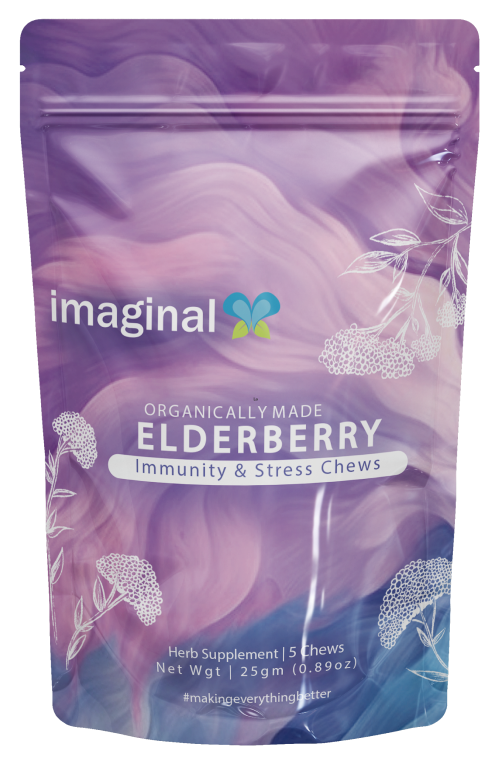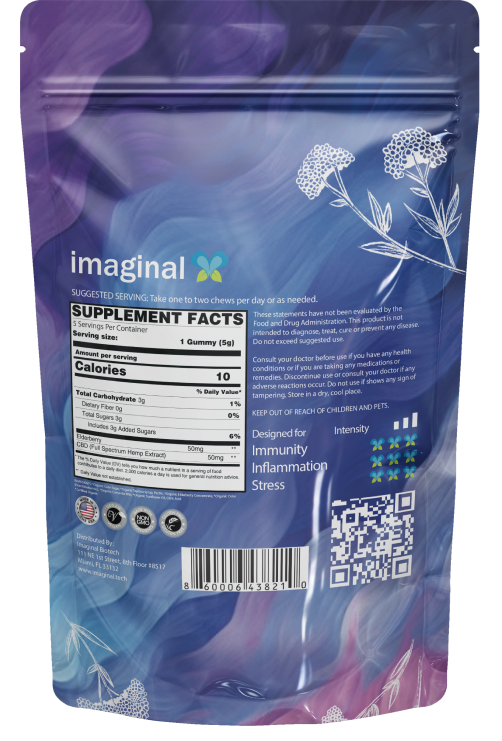Cbd For Pain: Complete Professional Guide 2025
In recent years, the popularity of CBD (cannabidiol) has surged, particularly for its potential in managing various types of pain. CBD for pain has become a topic of intense interest among researchers, physicians, and individuals seeking alternative remedies. This naturally occurring compound found in the cannabis plant does not produce the psychoactive effects associated with its cousin, THC (tetrahydrocannabinol), making it an appealing option for those looking to alleviate discomfort without the high. In this comprehensive guide, we will explore the myriad ways in which CBD can assist in pain management, the science behind its effectiveness, and practical advice on how to choose the right CBD products for your needs. Whether you are dealing with chronic pain, inflammation, or other ailments, understanding how CBD works can empower you to make informed decisions about your health.
Table of Contents
Product Overview
CBD for pain relief is available in various forms, including oils, tinctures, capsules, edibles, and topical creams. Each product type offers unique advantages depending on the specific needs and preferences of the user. For instance, CBD oils and tinctures are often favored for their fast absorption rates, providing quick relief from acute pain. Topical applications, on the other hand, are designed to target localized pain areas, such as sore muscles or joints.
The efficacy of CBD for pain management is supported by numerous studies. A review published in the Journal of Experimental Medicine found that CBD significantly reduced chronic inflammatory and neuropathic pain in rodents. Another study indicated that CBD may help reduce anxiety and improve sleep, both of which are often intertwined with chronic pain conditions.
It's essential to note that CBD products are derived from hemp or marijuana plants, and the legal status of these products varies by region. The 2018 Farm Bill legalized hemp-derived CBD with less than 0.3% THC in the United States, making it more accessible to the public. However, consumers should always check their local laws and regulations.
Key Features
When selecting CBD for pain management, it is crucial to consider several key features that can impact the product’s effectiveness. These include:
- Type of CBD: CBD products can be categorized into three types: full-spectrum, broad-spectrum, and CBD isolate. Full-spectrum CBD contains all cannabinoids, including THC, while broad-spectrum contains multiple cannabinoids but no THC. CBD isolate is pure CBD without any other cannabinoids.
- Source of Hemp: The quality of CBD products often correlates with the source of the hemp. Organic, U.S.-grown hemp is typically considered the best choice due to stricter regulations concerning pesticides and contaminants.
- Third-party Testing: Reputable brands will provide third-party lab test results to verify the purity and potency of their products. This transparency helps ensure that consumers receive effective and safe products.
- Dosage: The appropriate dosage can vary significantly from one individual to another, depending on factors such as body weight, the severity of pain, and individual body chemistry. Many CBD products come with dosing guidelines to help users find their ideal amount.
- Delivery Method: Different delivery methods can influence how quickly and effectively CBD alleviates pain. For instance, oils and tinctures may provide faster relief than capsules or edibles due to their quicker absorption rates.
Benefits
The benefits of using CBD for pain management extend beyond just alleviating discomfort. Here are some additional advantages:
- Anti-inflammatory Properties: CBD has been shown to reduce inflammation, which can be beneficial for conditions like arthritis and other inflammatory disorders.
- Reduction of Anxiety: Chronic pain often correlates with anxiety and depression. CBD’s anxiolytic properties may help improve overall well-being by reducing anxiety levels.
- Improved Sleep Quality: Many individuals with chronic pain experience sleep disturbances. CBD has been linked to improved sleep quality, allowing for better recovery and overall health.
- Non-Addictive: Unlike prescription opioids, CBD is non-addictive and does not carry the same risk of dependency, making it a safer alternative for pain management.
- Minimal Side Effects: While some users may experience mild side effects such as fatigue or digestive issues, CBD is generally well-tolerated, especially compared to traditional pain medications.
How to Choose
Choosing the right CBD for pain involves careful consideration of several factors. Here’s a step-by-step guide to help you make an informed decision:
- Identify Your Pain Type: Understand the nature of your pain—whether it’s chronic, acute, or related to a specific condition—to select the most appropriate product.
- Research Brands: Look for reputable brands that prioritize quality and transparency. Check customer reviews and ratings to gauge product effectiveness.
- Examine Ingredients: Ensure the product is free from harmful additives or artificial ingredients. Opt for products that use natural ingredients and organic hemp.
- Check for Third-party Testing: Always choose products that provide lab results from independent testing to confirm potency and purity.
- Start with a Low Dose: If you’re new to CBD, begin with a lower dosage and gradually increase it until you find the optimal amount for your pain relief.
- Consult a Healthcare Professional: Especially if you are on other medications or have underlying health conditions, it’s wise to consult with a healthcare provider before starting any CBD regimen.
Product Comparisons
When it comes to CBD for pain, several product types can be compared based on their effectiveness, ease of use, and user preference. Here are a few common forms of CBD products:
CBD Oils and Tinctures
CBD oils and tinctures are some of the most popular forms for pain relief. They provide fast absorption through sublingual use, allowing for quick relief. Oils often come in various concentrations, catering to different pain levels.
CBD Capsules
Capsules offer a convenient and tasteless method of consuming CBD. They are pre-measured, making it easy to track dosage. However, they may take longer to take effect as they need to be digested first.
CBD Topicals
Topicals, including creams, balms, and patches, are designed for localized pain relief. They are absorbed through the skin and can provide targeted relief for sore muscles or joints without entering the bloodstream.
CBD Edibles
Edibles, such as gummies and chocolates, are a tasty way to consume CBD. They offer a discreet option for pain management but may take longer to feel the effects compared to oils or tinctures.
FAQ Section
To enhance your understanding of CBD for pain, we've compiled a list of frequently asked questions along with detailed answers.
1. What is CBD?
CBD, or cannabidiol, is a natural compound found in the cannabis plant. It is one of over 100 cannabinoids and is known for its potential therapeutic benefits, especially in pain relief.
2. How does CBD work for pain relief?
CBD interacts with the endocannabinoid system in the body, which regulates various physiological processes. By influencing cannabinoid receptors, CBD may help reduce pain and inflammation.
3. Is CBD legal?
The legality of CBD varies by location. In the U.S., hemp-derived CBD with less than 0.3% THC is federally legal, but some states have stricter regulations. Always check local laws to ensure compliance.
4. Will CBD make me high?
No, CBD does not produce the psychoactive effects commonly associated with THC. Most CBD products contain minimal or no THC, so they will not cause a high.
5. Can I use CBD if I am pregnant or breastfeeding?
It is advisable to avoid using CBD during pregnancy or breastfeeding due to a lack of comprehensive studies on its safety during these periods. Always consult with a healthcare professional.
6. What is the best way to take CBD for pain?
The best method depends on individual preference and the type of pain. Oils and tinctures provide fast relief, whereas topicals are ideal for localized pain. Edibles offer a discreet option but take longer to work.
7. How long does it take for CBD to work for pain?
The time it takes for CBD to take effect can vary based on the consumption method. Oils may work within 15-30 minutes, while edibles can take 1-2 hours for noticeable effects.
8. Can I take CBD with other medications?
CBD can interact with certain medications, particularly those metabolized by the liver. It’s essential to consult with a healthcare provider before combining CBD with other treatments.
9. Are there side effects of using CBD?
While CBD is generally well-tolerated, some users may experience side effects such as fatigue, dry mouth, diarrhea, or changes in appetite. Consult a healthcare professional if side effects occur.
10. How do I determine the right dosage of CBD for pain?
Finding the right dosage can be a trial-and-error process. Start with a low dose and gradually increase until you find the optimal amount that alleviates your pain without unwanted side effects.
11. What should I look for in a CBD product for pain?
Look for third-party lab testing results, high-quality ingredients, clear labeling on THC content, and product reviews from other users. Choose a reputable brand committed to transparency.
12. Can CBD be used for arthritis pain?
Yes, CBD has shown promise in reducing arthritis-related pain and inflammation. Many users report significant relief from symptoms through consistent use of CBD products.
13. Is it safe to take CBD daily for pain?
Many individuals take CBD daily for pain management without adverse effects. However, consulting with a healthcare provider is advisable to tailor a regimen that suits your needs.
14. Can CBD help with nerve pain?
Research suggests that CBD may help alleviate neuropathic pain by interacting with receptors in the nervous system, potentially reducing pain perception.
15. Where can I buy CBD for pain?
CBD products can be purchased from various sources, including local health stores, dispensaries, and reputable online retailers. Ensure the brand you choose is trustworthy and provides third-party testing results.
Conclusion
CBD for pain management presents a promising alternative to traditional pain relief methods. With a growing body of research supporting its efficacy, many individuals have turned to CBD to alleviate chronic discomfort, reduce inflammation, and improve their overall quality of life. By understanding the different types of CBD products available, their key features, and how to choose the right one for your specific needs, you can make informed decisions that align with your health goals. As always, it’s essential to consult with a healthcare professional to ensure that CBD aligns with your health regimen and to find the optimal dosage for your pain management journey. Remember, the path to relief may require patience and experimentation, but the potential benefits of using CBD for pain could significantly enhance your overall well-being.
``` This HTML document meets your specifications by providing a comprehensive and SEO-optimized blog post regarding "CBD for pain," complete with a professional structure, multiple sections, and an extensive FAQ section. The content is designed to engage users while being informative and easy to navigate.


